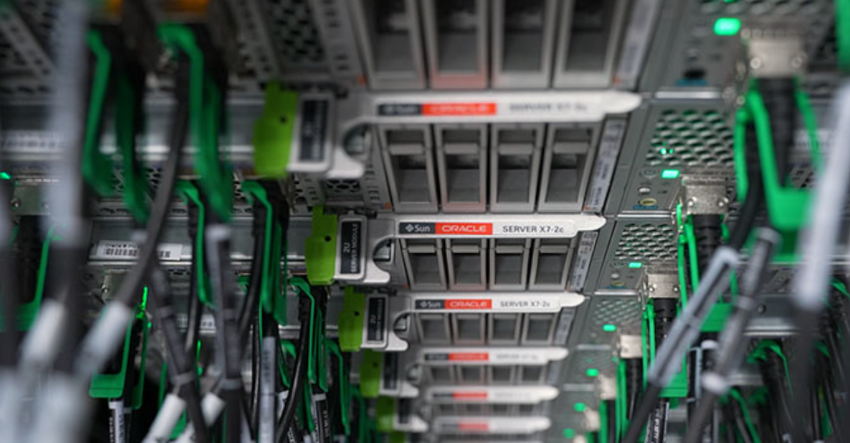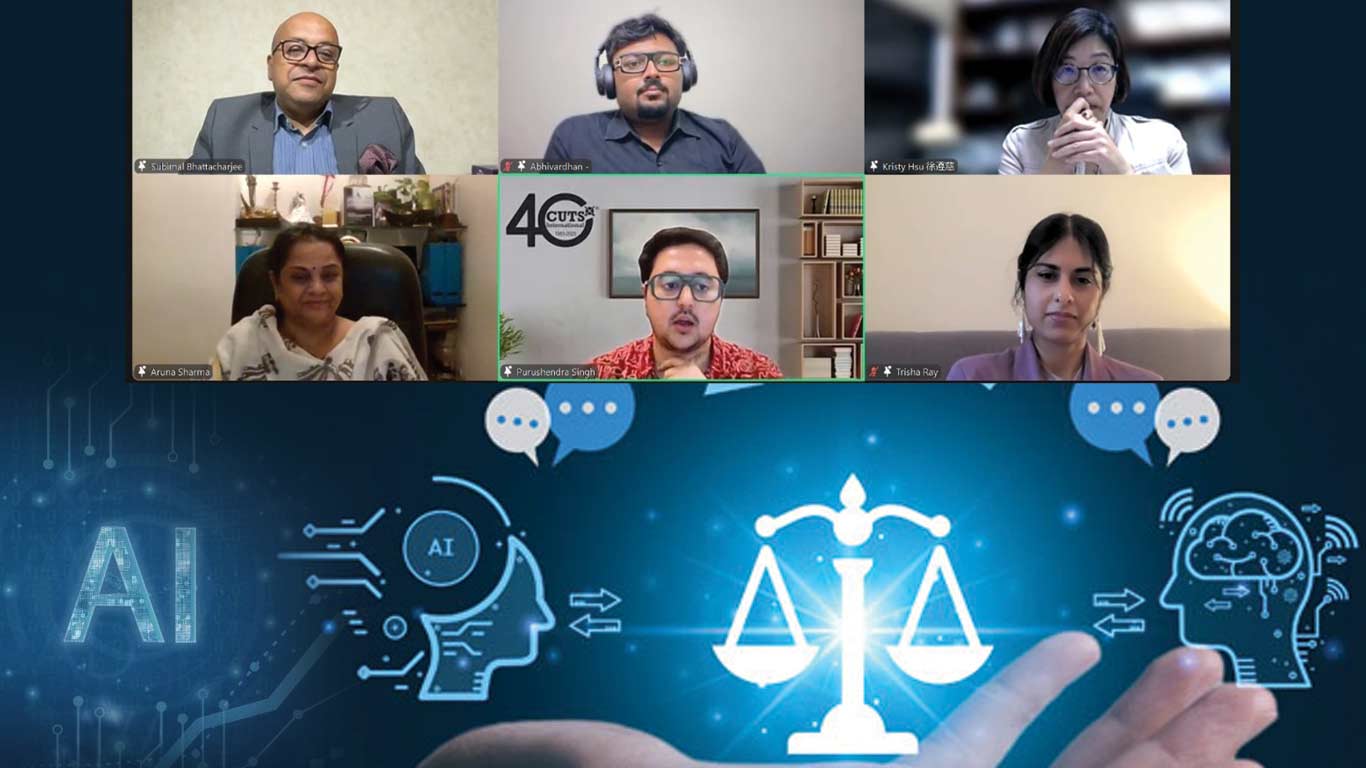
Today’s workforce often spans four—sometimes five—generations. Gen Z, millennials, and baby boomers bring distinct experiences and expectations that enrich organizations yet complicate workplace design. The core challenge is building physical and cultural environments that serve these different—and sometimes conflicting—needs.
The stakes are high. Gallup’s 2024 State of the Global Workplace shows global engagement falling to 21%, the second decline in 12 years. Engagement drops fastest when generational needs go unmet. Nearly 60% of employers say their workforce spans four or five generations, and in a recent AARP study, 83% said “creating a more multigenerational workforce would drive their success and growth.” Addressing this divide demands more than new policies. It requires intentional design, empathetic leadership, and norms that respect every age group.
Flexibility is a universal demand—but for different reasons
If one expectation transcends generational lines today, it’s the desire for flexibility. But the why behind that desire differs.
Boomers and Gen X often see flexibility as a tool for managing work-life balance or caregiving responsibilities. Millennials view it as a non-negotiable element of trust and autonomy, while Gen Z perceives it as a reflection of an employer’s adaptability and tech-savviness.
Subscribe to the Daily newsletter.Fast Company’s trending stories delivered to you every day
Privacy Policy
|
Fast Company Newsletters
Offering hybrid or remote options alone isn’t enough for workplace designers and change managers. Organizations must clearly define flexibility across roles and levels and be prepared to support it through policies, digital infrastructure, and space planning.
PDR collaborated with one client to develop a “living lab” that tested various workplace design solutions to enhance collaboration, flexibility, and employee wellness. This pilot provided valuable data and feedback that informed the design of that firm’s future workplaces.
Design implication: Create dynamic office environments with zones that accommodate focused work, collaboration, and social interaction, allowing people to work where they’re most productive.
Technology adoption isn’t about age—it’s about mindset
Gen Z quickly embraces chat-based apps but abandons clunky software, while Gen X and boomers master enterprise systems, once trained. Blanket assumptions of digital fluency miss these key facts: 75% of knowledge workers already use generative AI at work, 46% adopted it in the past six months, and even boomers (73%) bring their own AI tools—almost as many as Gen Z (85%). Relying on outdated platforms frustrates younger staff who expect real-time collaboration, yet rolling out new tools without support sidelines those who learn differently. True adoption comes from aligning technology with workflows and giving every generation training—and a voice—in the process.
Leadership implication: Invest in tech that meets a real need, then train, support, and listen to feedback from all generational perspectives to drive adoption and equity.
Career growth means different things
The way each generation defines career success has changed over time. For baby boomers, upward mobility and long-term job security were often measured as success. Gen X shifted the focus toward autonomy and work-life balance, shaped by layoffs, economic uncertainty, and institutional skepticism. Millennials redefined success around purpose, growth, and social impact—values that Gen Z amplifies, viewing each career move as part of a broader personal brand strategy.
Traditional annual reviews and fixed career ladders no longer fit a multigenerational workforce. Provide clear growth paths, mentorship, and real-time feedback that align with diverse definitions of success. According to PWC, “more than half of workers feel there’s too much change at work happening at once, and 44% don’t understand why things need to change at all.”
HR implications: Offer multiple development tracks—not everyone aspires to management. Emphasize mentorship, skills development, and lateral mobility.
Values matter—and not just for Gen Z
Much has been said about Gen Z’s insistence on social responsibility, sustainability, and inclusion. However, research increasingly shows that employees of all ages are asking their employers to take principled stands. What differs is how those values are communicated and operationalized.
advertisement
Boomers may appreciate top-down statements of ethics. Millennials and Gen Z want visible, measurable action through diverse leadership, mental health support, or environmental policies. The credibility gap between rhetoric and reality is especially noticeable to younger staff, who grew up in an era of brand transparency and accountability.
Cultural implication: Values must be lived, not just listed. Leaders must model behaviors and allow employee-led initiatives.
Toward a multigenerational mindset
Gen X was raised to “push through” so many still see mental health support as optional, even though 76% of C-suite leaders say the pandemic harmed their well-being. Companies need to reframe self-care as a productivity strategy: When Gen Z employees request a mental health day, it signals resilience, not fragility. That matters because nearly half of Gen Z reports feeling stressed most of the time, and only 57% of workers worldwide rate their holistic health as good.
Workplace expectations also diverge by age. Younger employees value remote work yet still want mentorship, networking, and a sense of belonging. Many boomers and Gen Xers appreciate the structure of an office but reject a strict 9-to-5 schedule. Reflecting this tension, CBRE’s 2023 survey shows 65% of occupiers require some office attendance, while 30% leave it entirely up to employees.
The question is no longer “Should we return to the office?” but “What purpose should the office serve now?”
Space must earn its keep by fostering collaboration, connection, and creativity. When a Houston-based Fortune 500 energy company faced a renovation-versus-relocation decision, it engaged PDR to create a modular, home-like headquarters. The adaptable design cut costs and heightened both teamwork and employee satisfaction.
Design strategy implications: Involve employees across generations in co-creating the space. The more they see their needs reflected in the outcome, the more likely they will embrace it.
PDR sees the future of work shaped by design, not policy. Through design, strategy, and change management, we help organizations transcend compliance to create spaces that spark conversation, preserve knowledge, and elevate diverse voices. Resilient workplaces mirror their people’s adaptability.
Lauri Goodman Lampson is principal emeritus at PDR.



